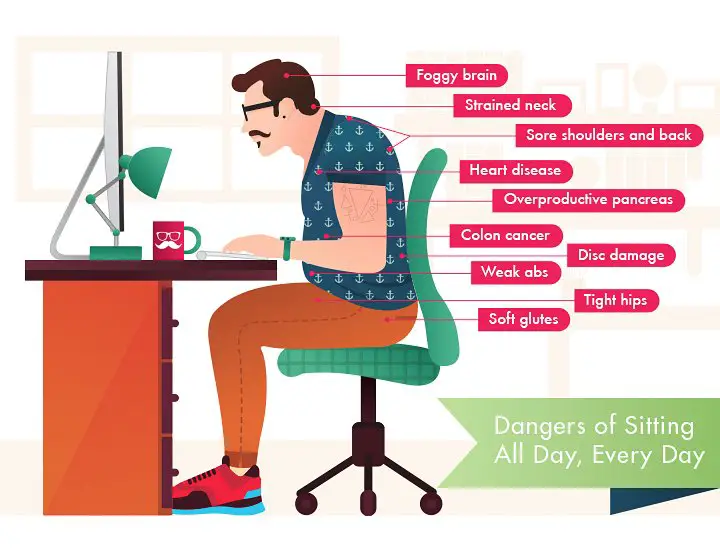Silica is one of the most common hazards on a worksite, particularly in the construction, oil and gas, manufacturing, and agriculture industries. Silica dust can cause silicosis, a serious and irreversible lung disease. It can also cause lung cancer. Cutting, breaking, crushing, drilling, grinding, or blasting concrete or stone releases the dust. As workers breathe in the dust the silica settles in their lungs.

How workers are exposed
Silica is the basic component in sand and rock. It’s in construction materials such as:
- Concrete, concrete block, cement, and mortar
- Masonry, tiles, brick, and refractory brick
- Granite, sand, fill dirt, and top soil
- Asphalt-containing rock or stone
- Abrasive used for blasting
Silica is the most common hazard on a work site. Any activity that creates dust can expose workers to airborne silica. The most common ways to create silica dust are as follows:
- Chipping, sawing, grinding, hammering, or drilling
- Crushing, loading, hauling, or dumping
- Building demolition
- Power cutting or dressing stone
- Facade renovation, including tuck-point work
- Abrasive or hydro blasting
- Dry sweeping or pressurized air blowing
- Tunneling, excavating, or earth moving
The risks
Inhaling silica dust can cause silicosis, a serious and irreversible lung disease. It can be lethal. Silica damages the lung and causes scar tissue to form. This causes the lung tissue to become thicker. Silica exposure can also cause lung cancer.
It is possible to have silicosis without showing any symptoms at first. The longer workers have been exposed to silica dust, the worse the symptoms will become. As the disease progresses workers may show noticeable symptoms such as:
- Shortness of breath
- Severe coughing
- Body weakness
How to reduce the risks
The best way to reduce the risk of exposure to silica dust is to eliminate the source of exposure. If that’s not possible, there are other risk controls to use. When choosing risk controls, start by asking the questions in the following steps. The steps are listed in order of effectiveness.
- Elimination or substitution
Eliminating the hazard by substituting a safer process or material, where possible, is the most effective control. Some questions to consider:
- Can a less hazardous material be used (for example, garnet instead of silica in sand-blasting operations)?
- Can formwork be designed more carefully to reduce the amount of concrete finishing required?
- Can a process that generates less dust be used (for example, splitting rather than sawing concrete pavers)?
- Engineering controls
Making physical modifications to facilities, equipment, and processes can reduce exposure. Some questions to consider:
- Can local exhaust ventilation be used on all equipment that generates silica dust?
- Can water be used to prevent dust from becoming airborne?
- Can the areas that generate large amounts of dust be enclosed, and have proper ventilation to clean the air?
- Administrative controls
These involve changing work practices and work policies. Providing awareness tools and training also count as administrative controls. All can limit the risk of silica dust exposure. Some questions to consider:
- Have you developed a written exposure control plan for silica?
- Can warning signs be posted in the work area?
- Can crews be scheduled to work as far away from silica dust-generating processes as possible?
- Have you provided adequate washing facilities on site?
- Have you developed safe work procedures for dealing with silica dust?
- How will worker exposure to silica be monitored?
- Personal protective equipment
This is the least effective control. When used, there must always be at least one other control in place as well. Some questions to consider:
- Do workers have the proper respirators, eye wear, and protective clothing?
- Has personal protective equipment been tested to make sure it is working properly?
Silica Exposure Video
Silica is a common substance found in sand, rock, and building materials such as concrete and brick. Cutting, grinding, or drilling these materials releases dangerous crystalline silica dust into the air. This video shows how breathing in silica dust can cause permanent damage to the lungs.



